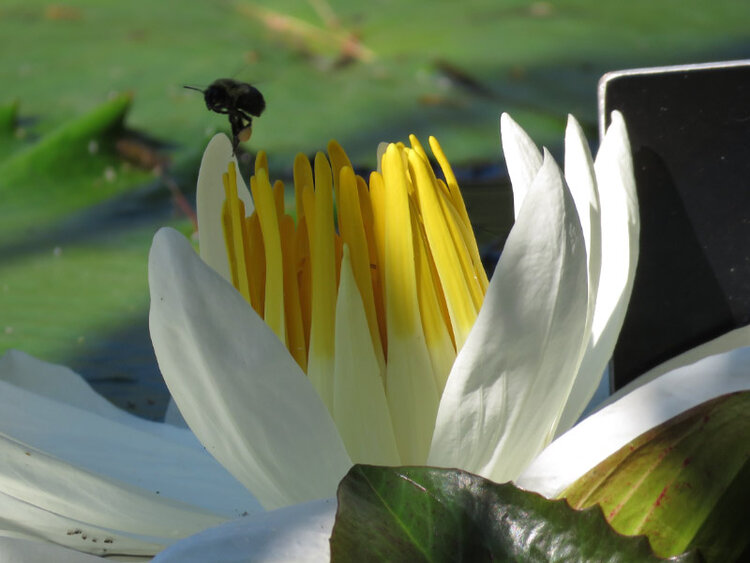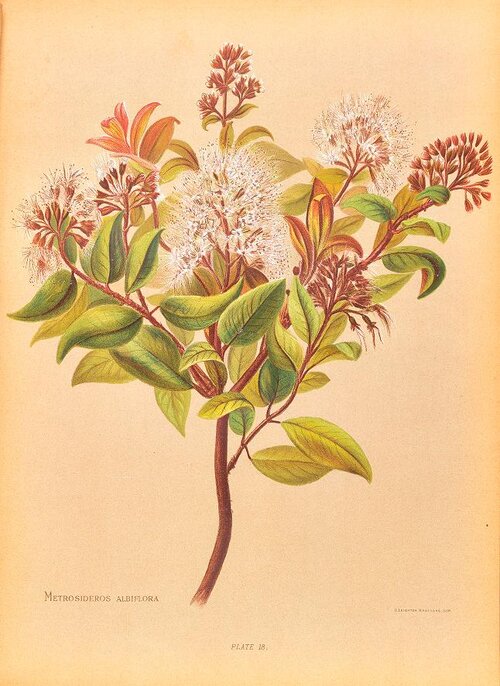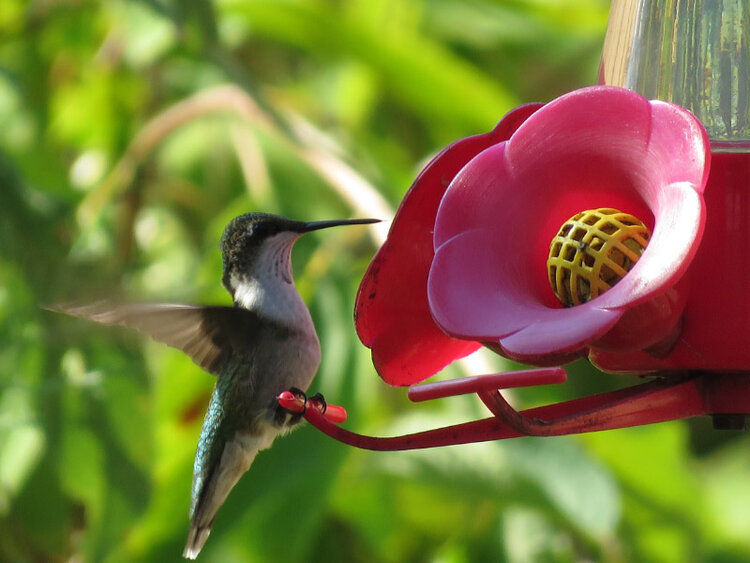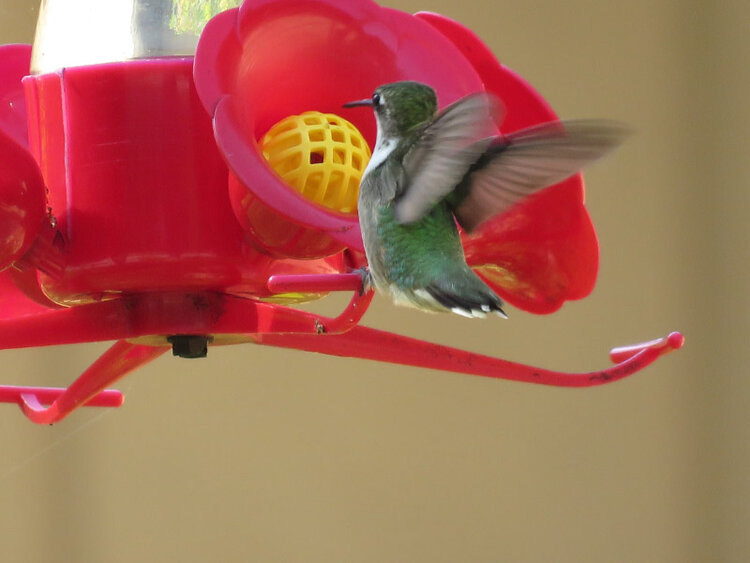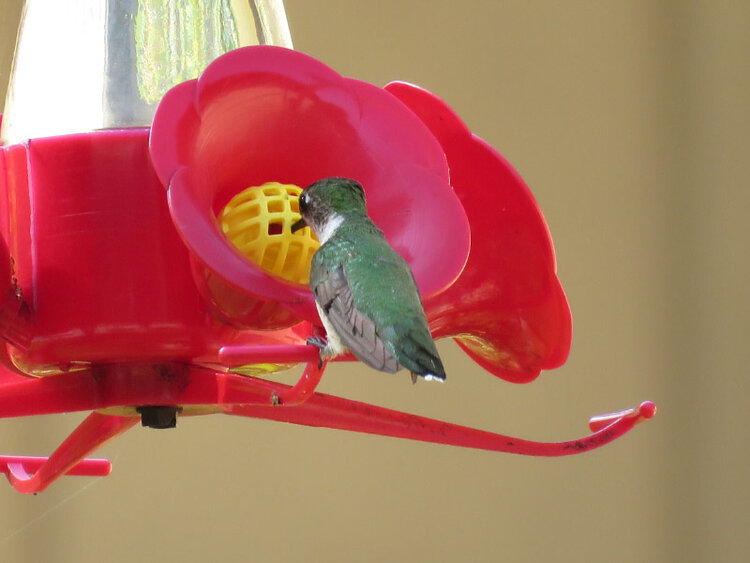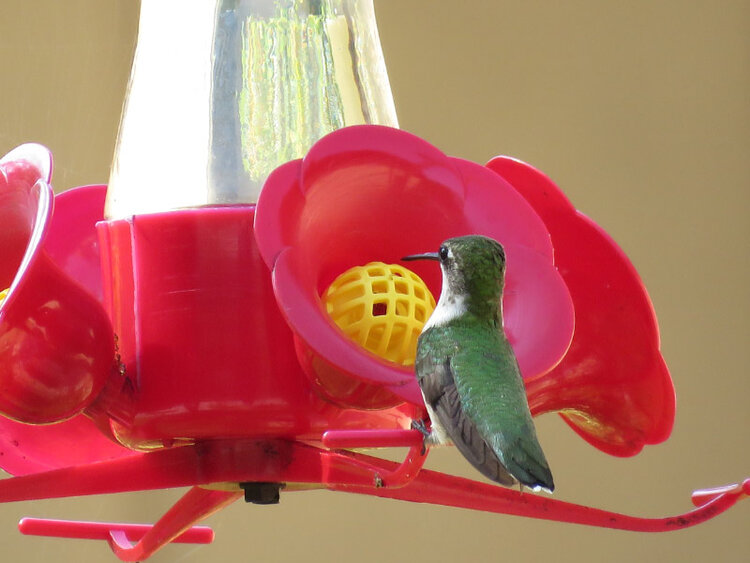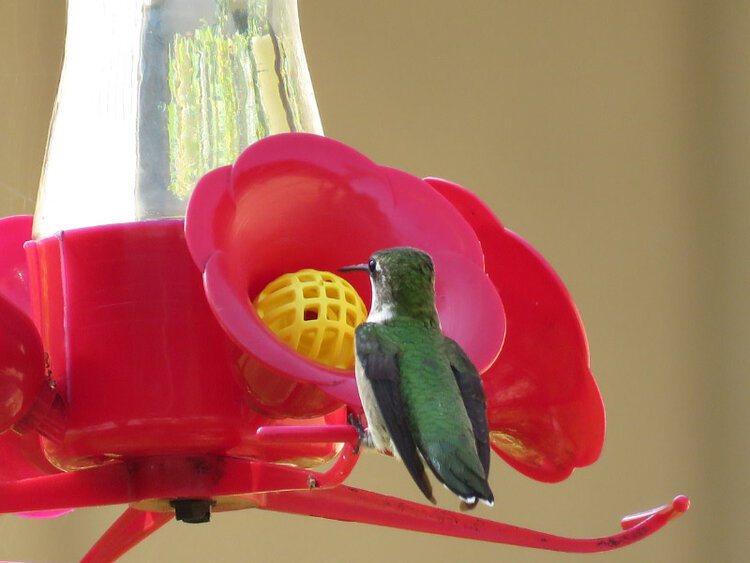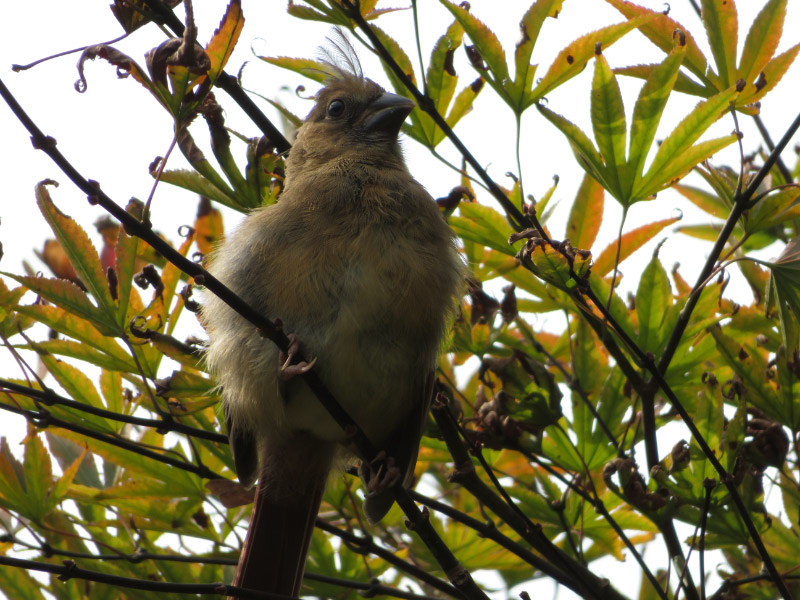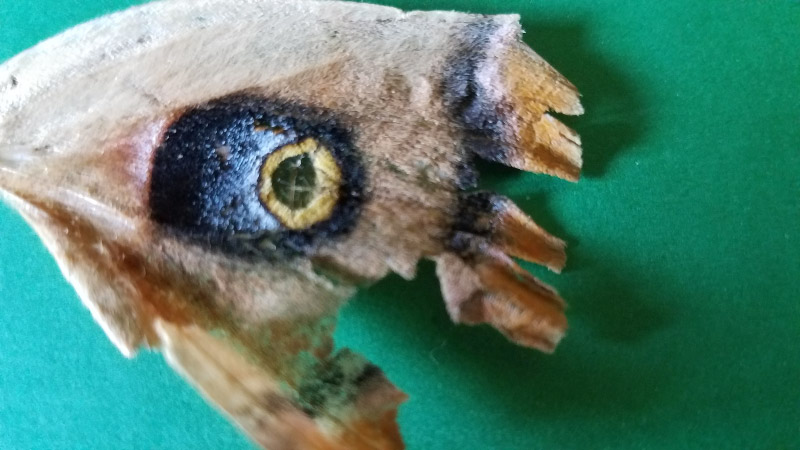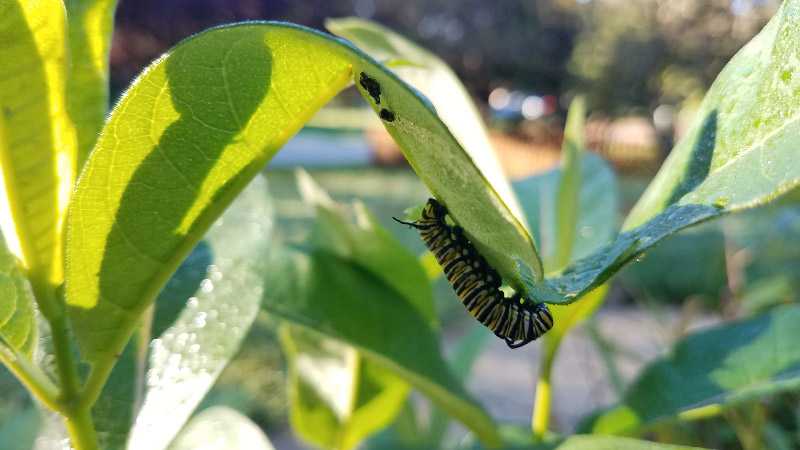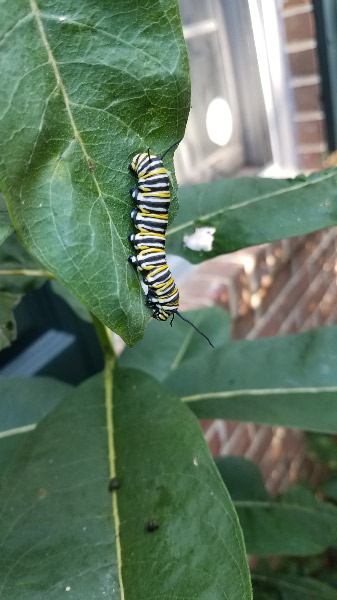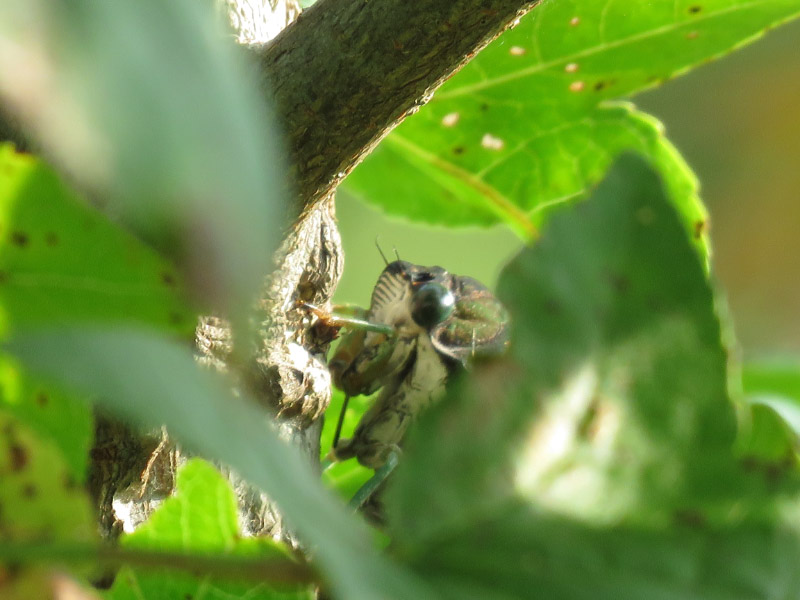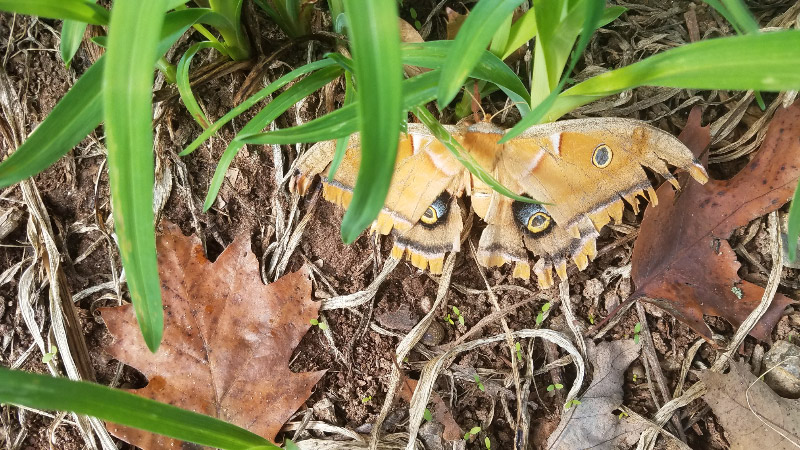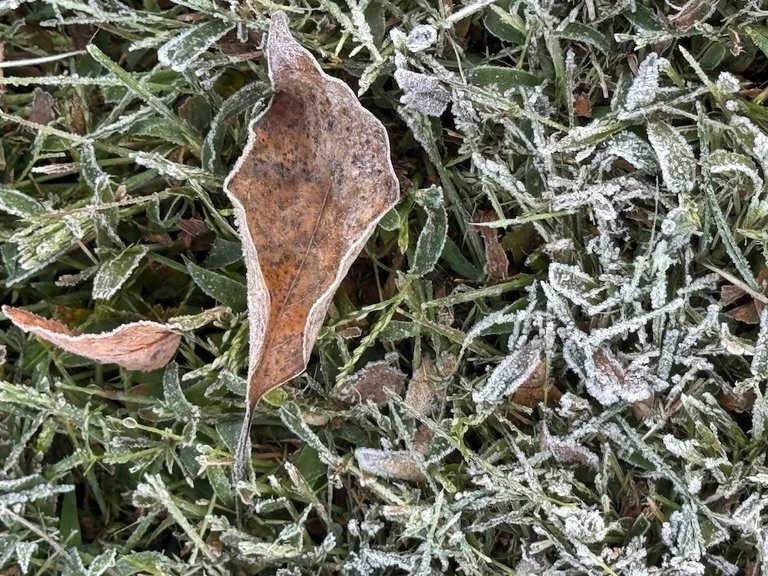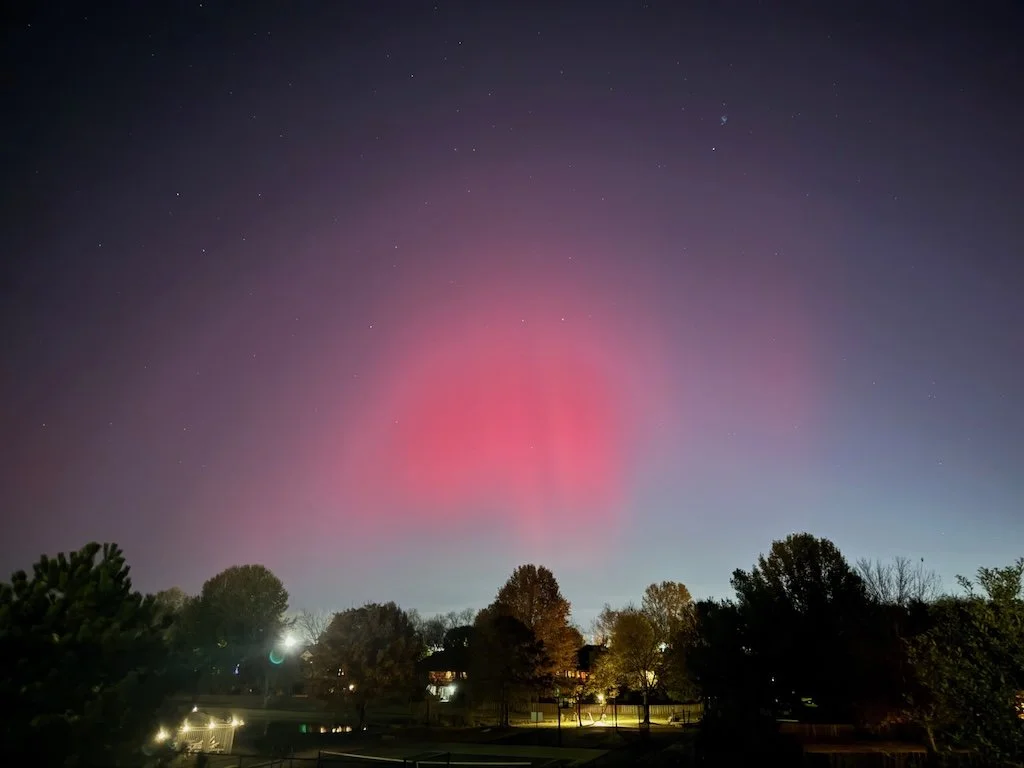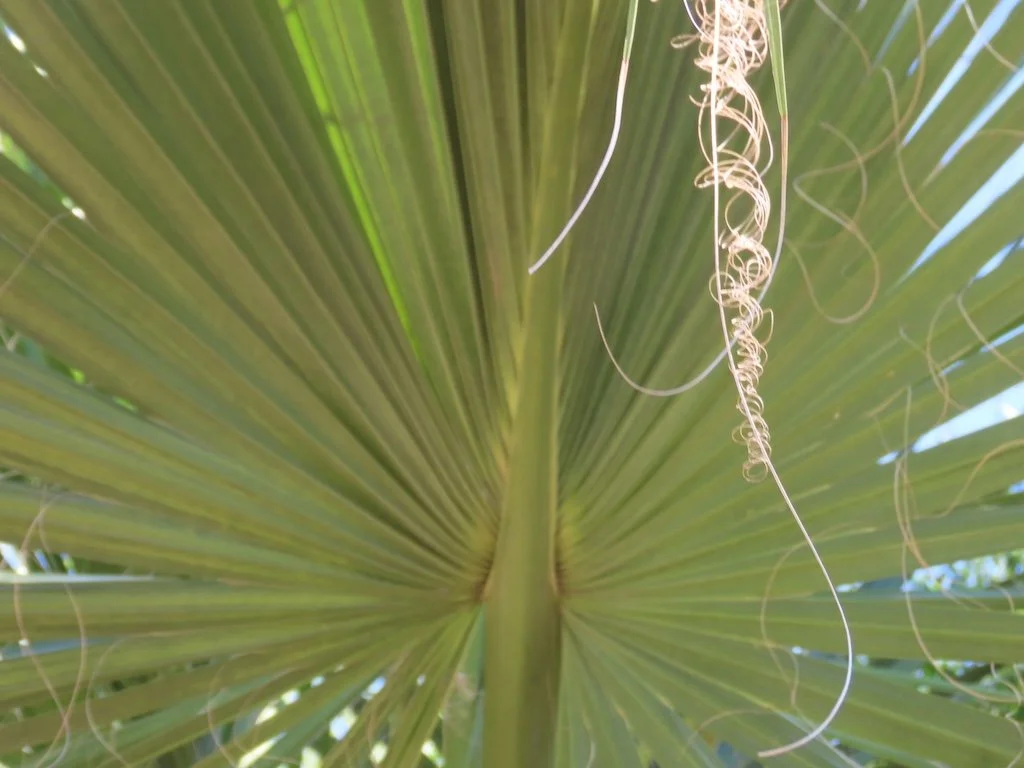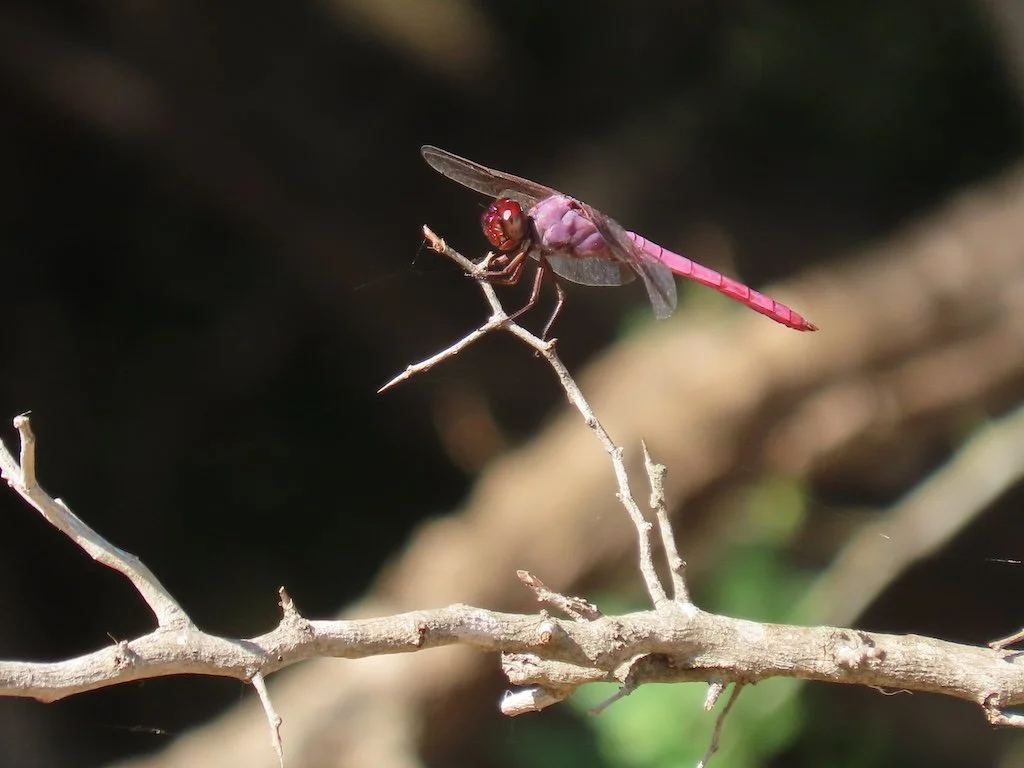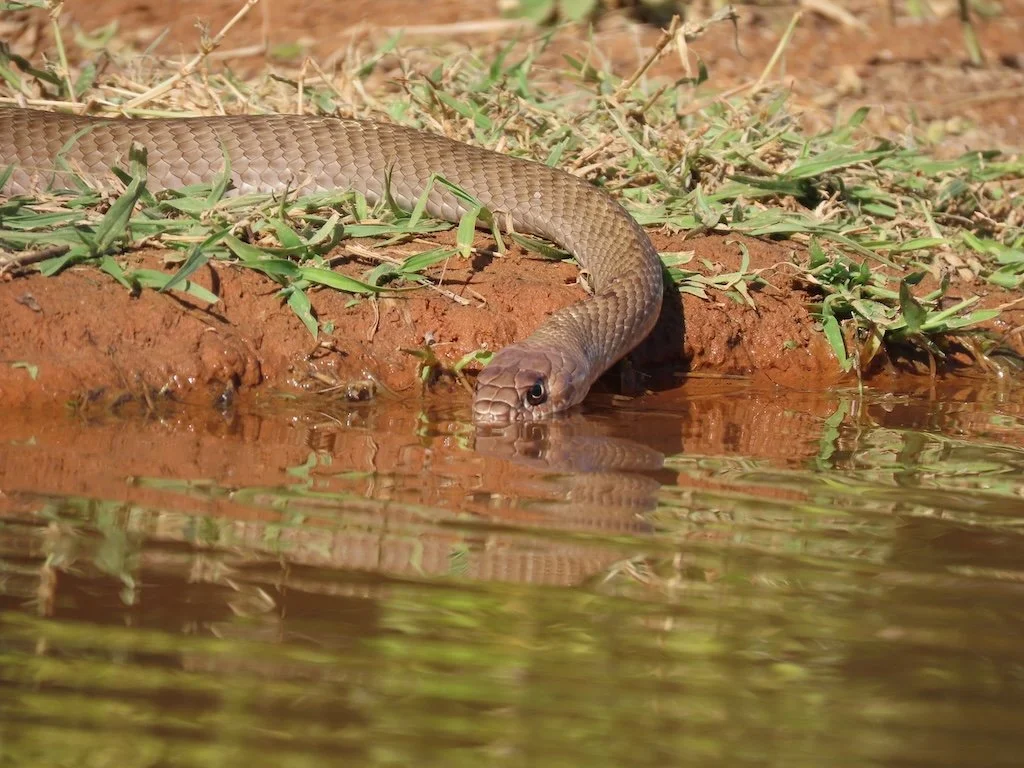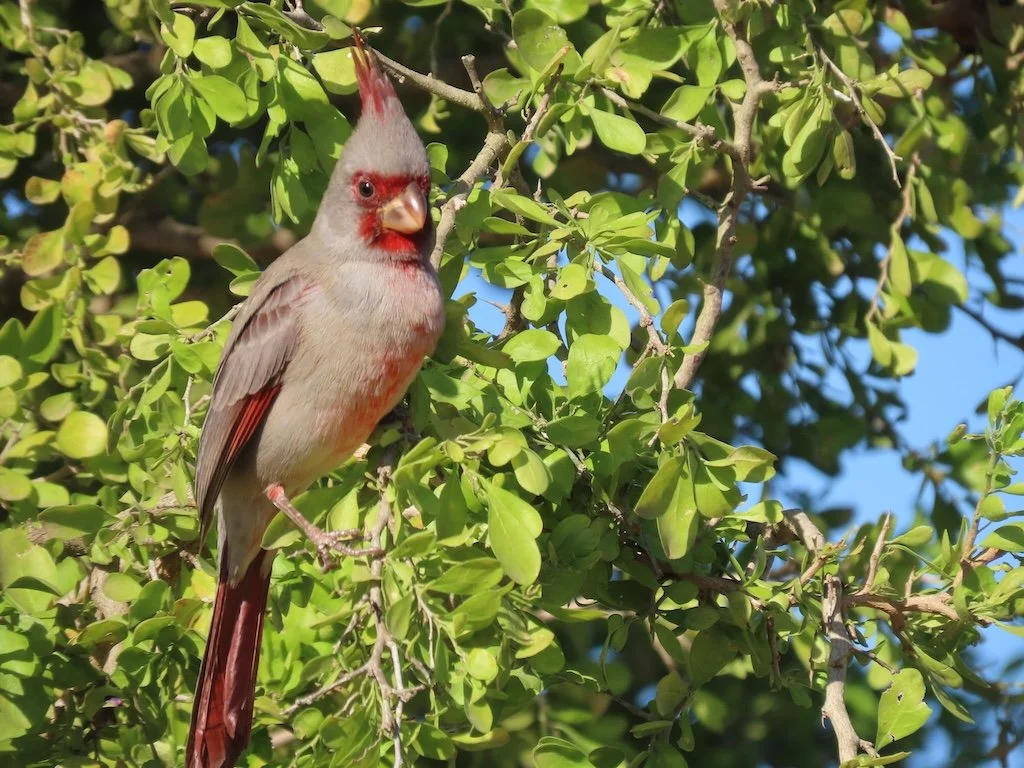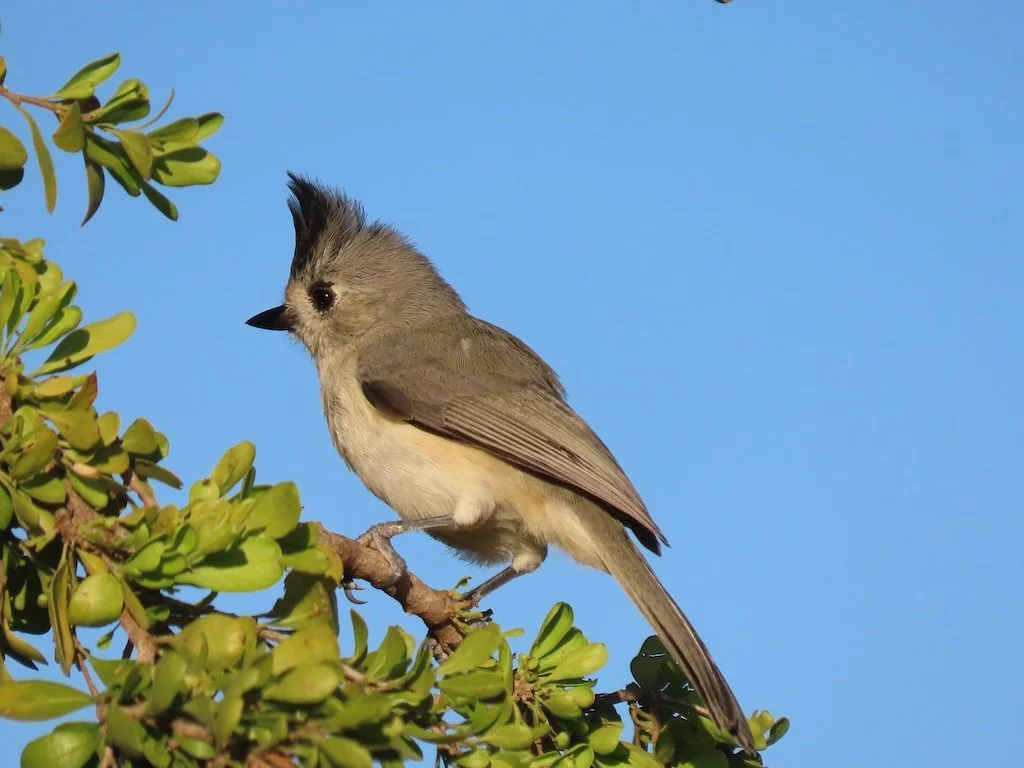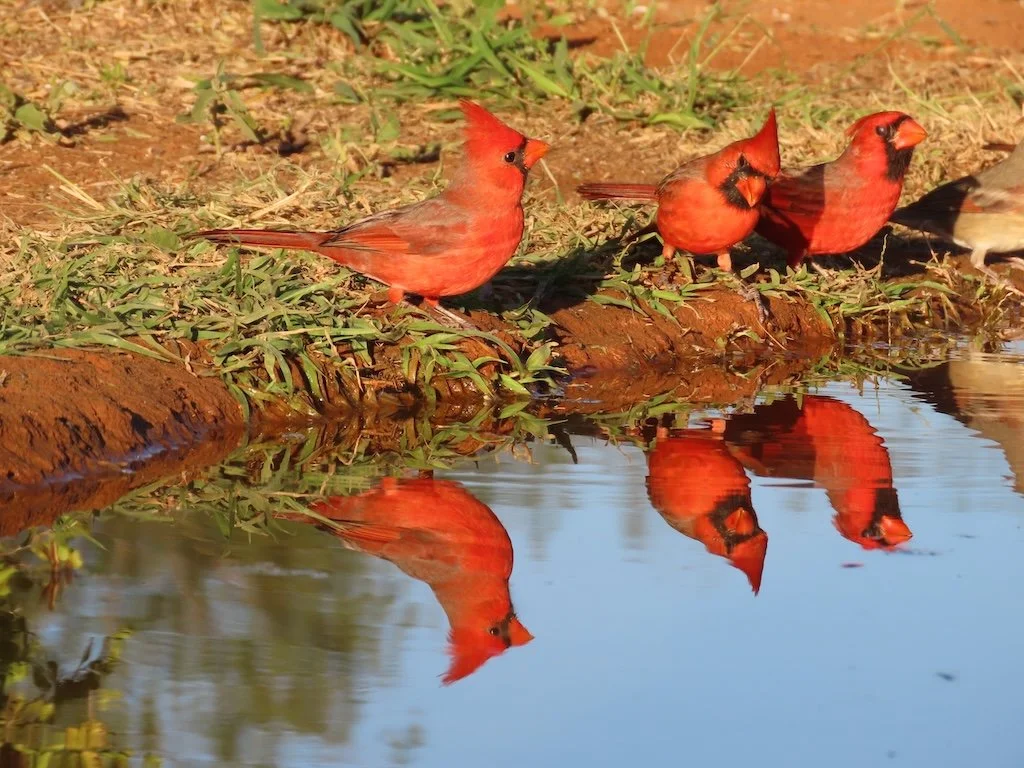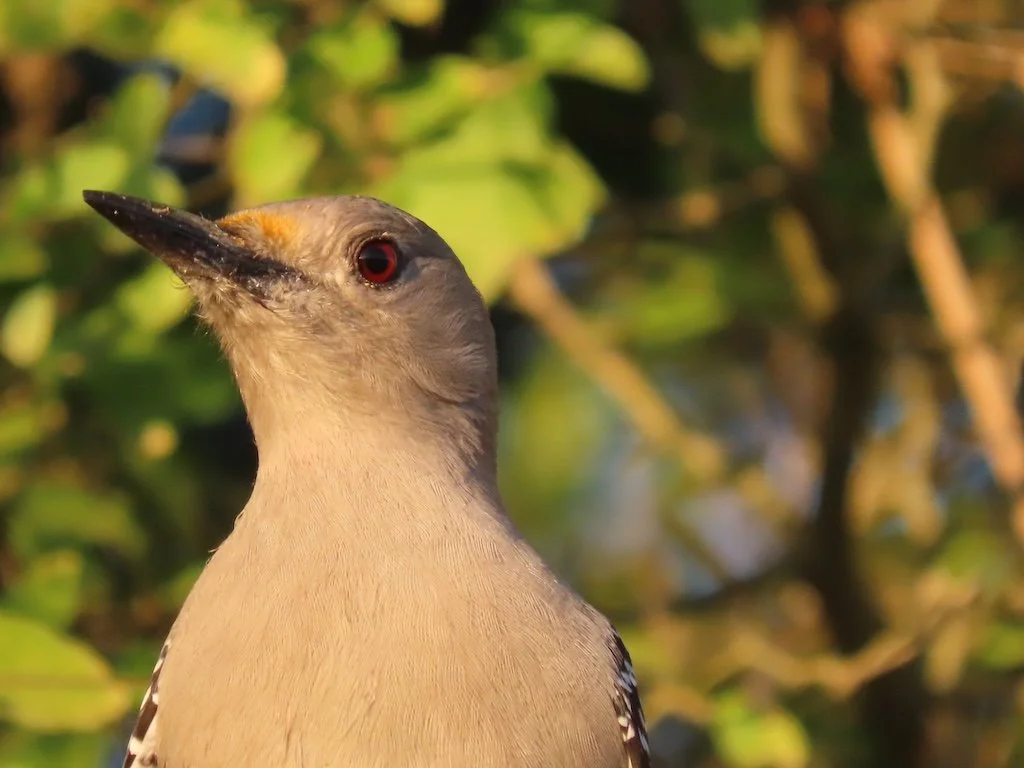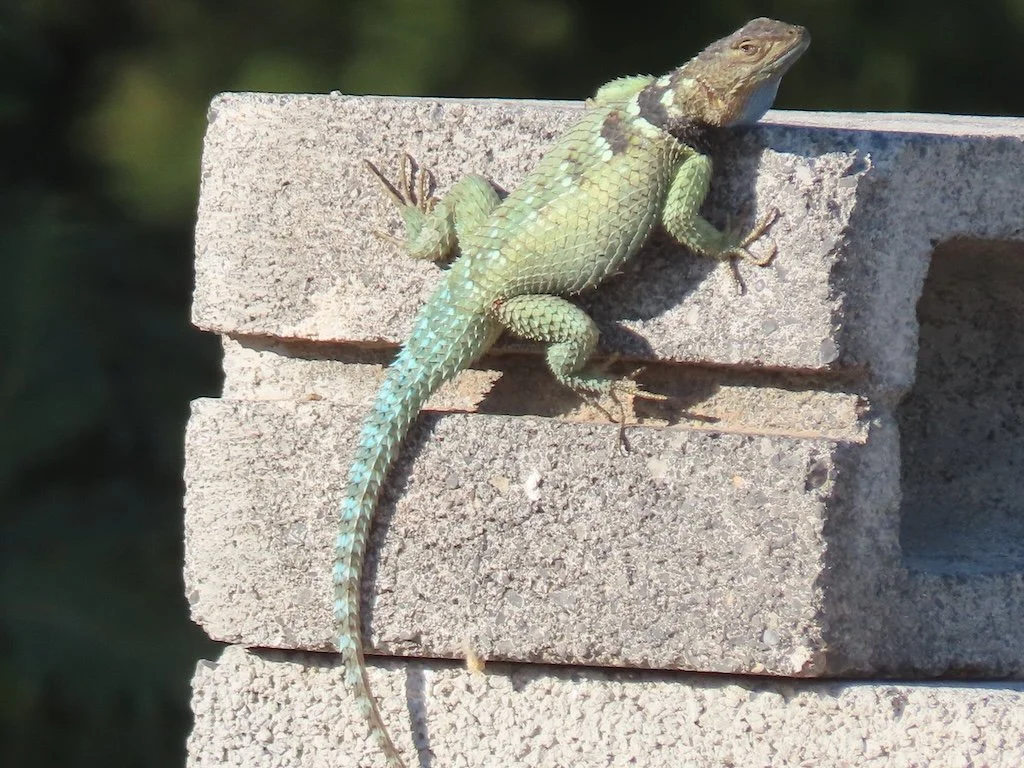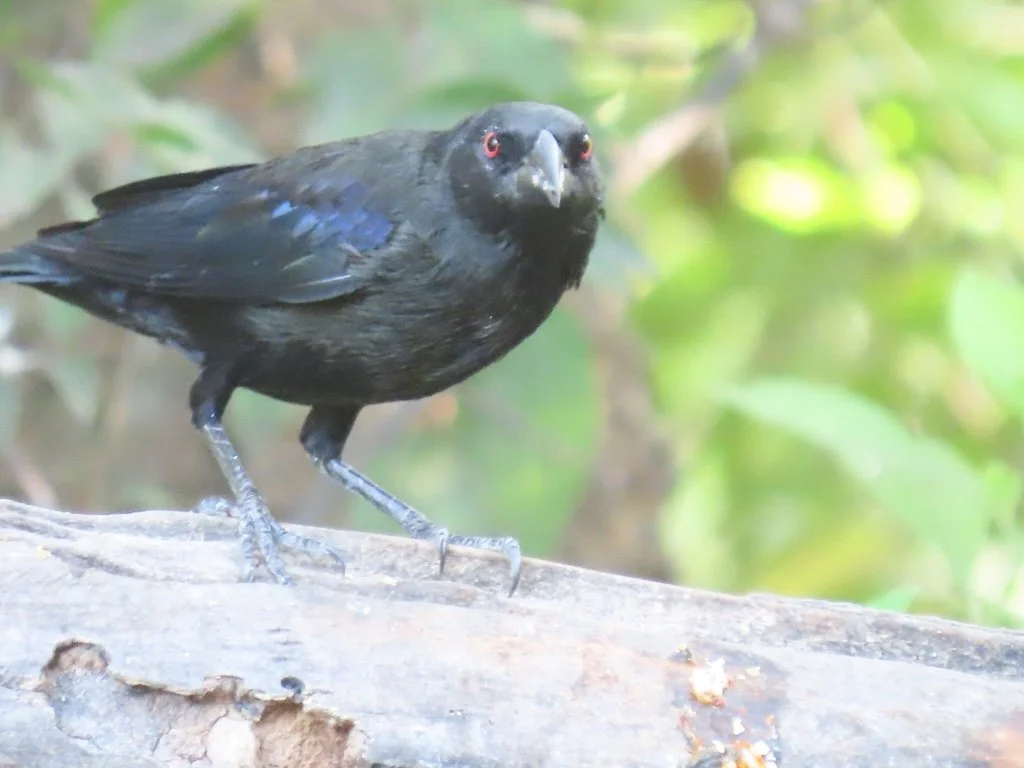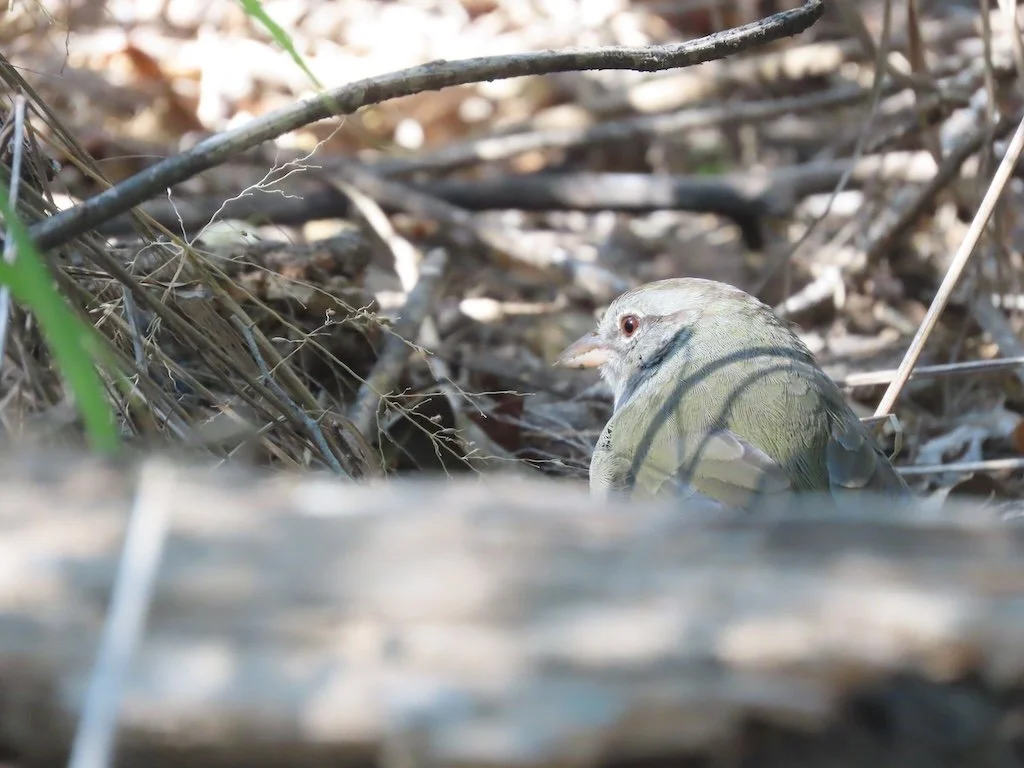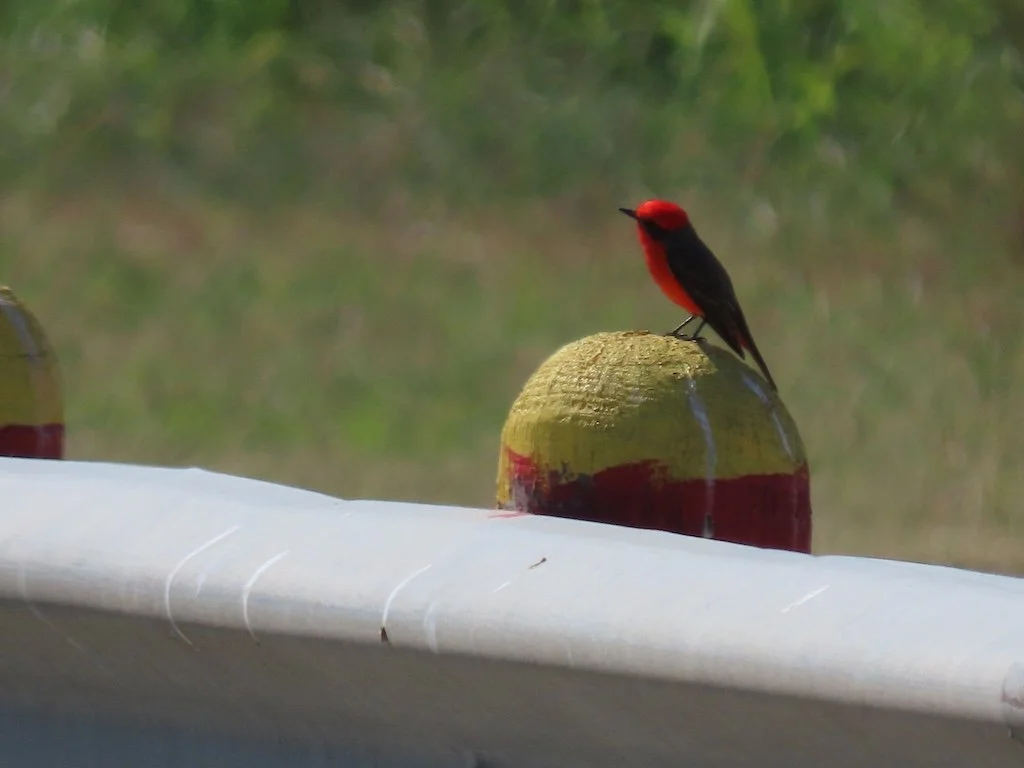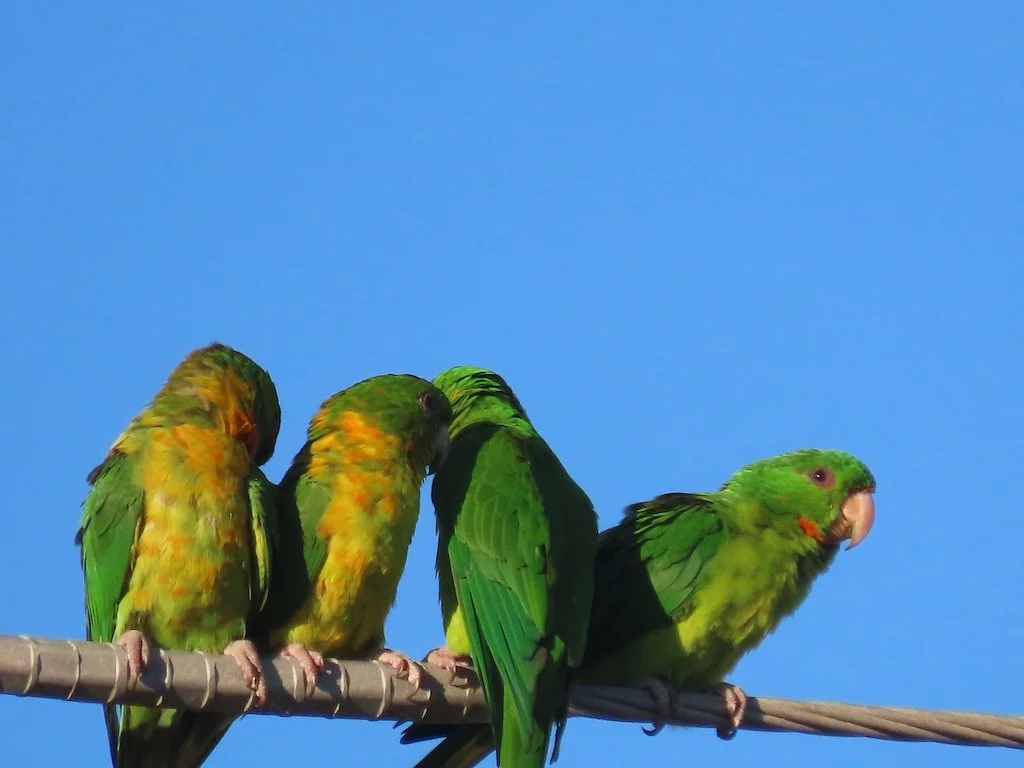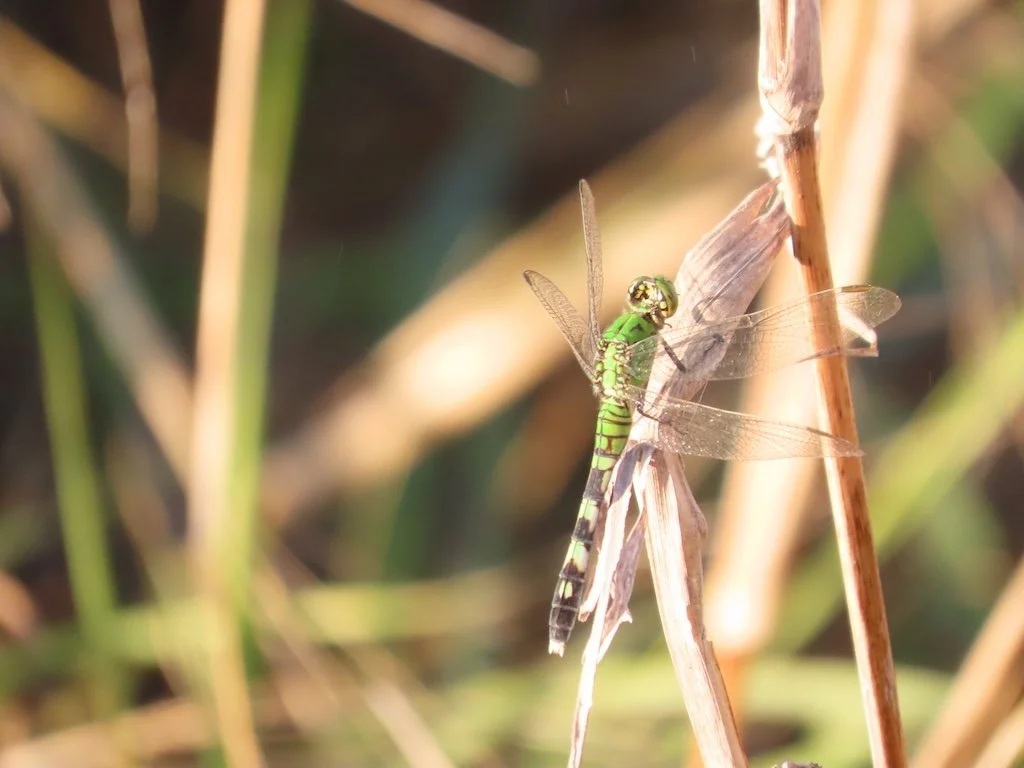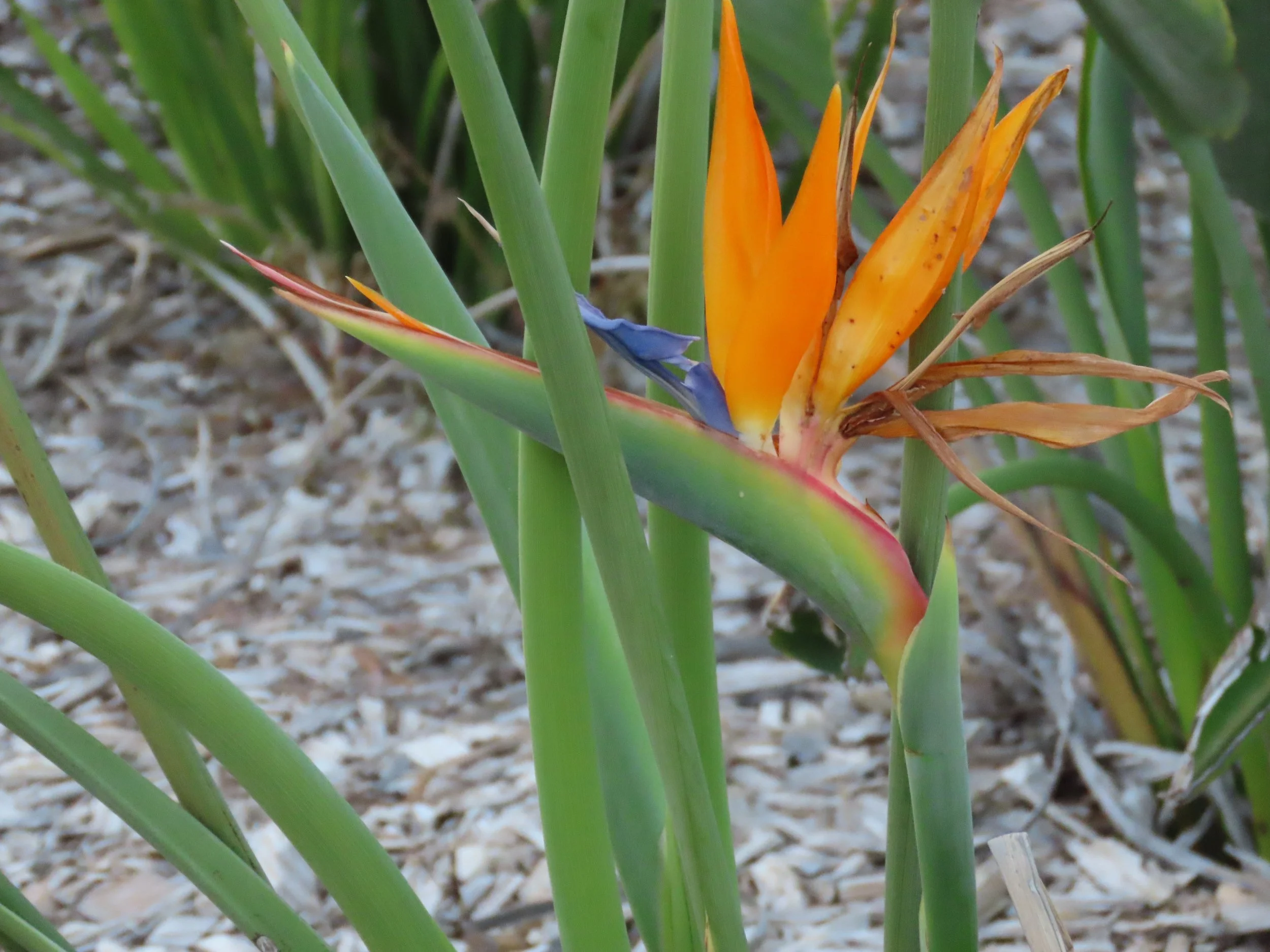Waterlilies at Longwood Gardens
/One of my favorite places at Longwood Gardens in the late summer/early fall is the waterlily courtyard. Last weekend was no exception. It was a sunny day – and not too hot. We had left our house early enough to be at the visitor center about 15 minutes after the gardens opened. There were a couple of groups that had obviously planned to meet others waiting in the building or just a little way into the garden. Everyone was enjoying the prospect of the day at Longwood – just as we were. As usual – we headed for the Conservatory first…..making our way to the waterlilies half way through the conservatory walk through.
The courtyard always has a few photographers and there is usually someone around to answer questions. We were around early enough that it wasn’t crowded. I love catching the bees on the flowers. My favorite picture of the slideshow below is a flower with 4 bees (there were probably more on the inside of the flower)! Waterlilies often look somewhat alien to me because the colors are vibrant, and the flower parts are robust. I love photographing them….and enjoying the images after I get home.







